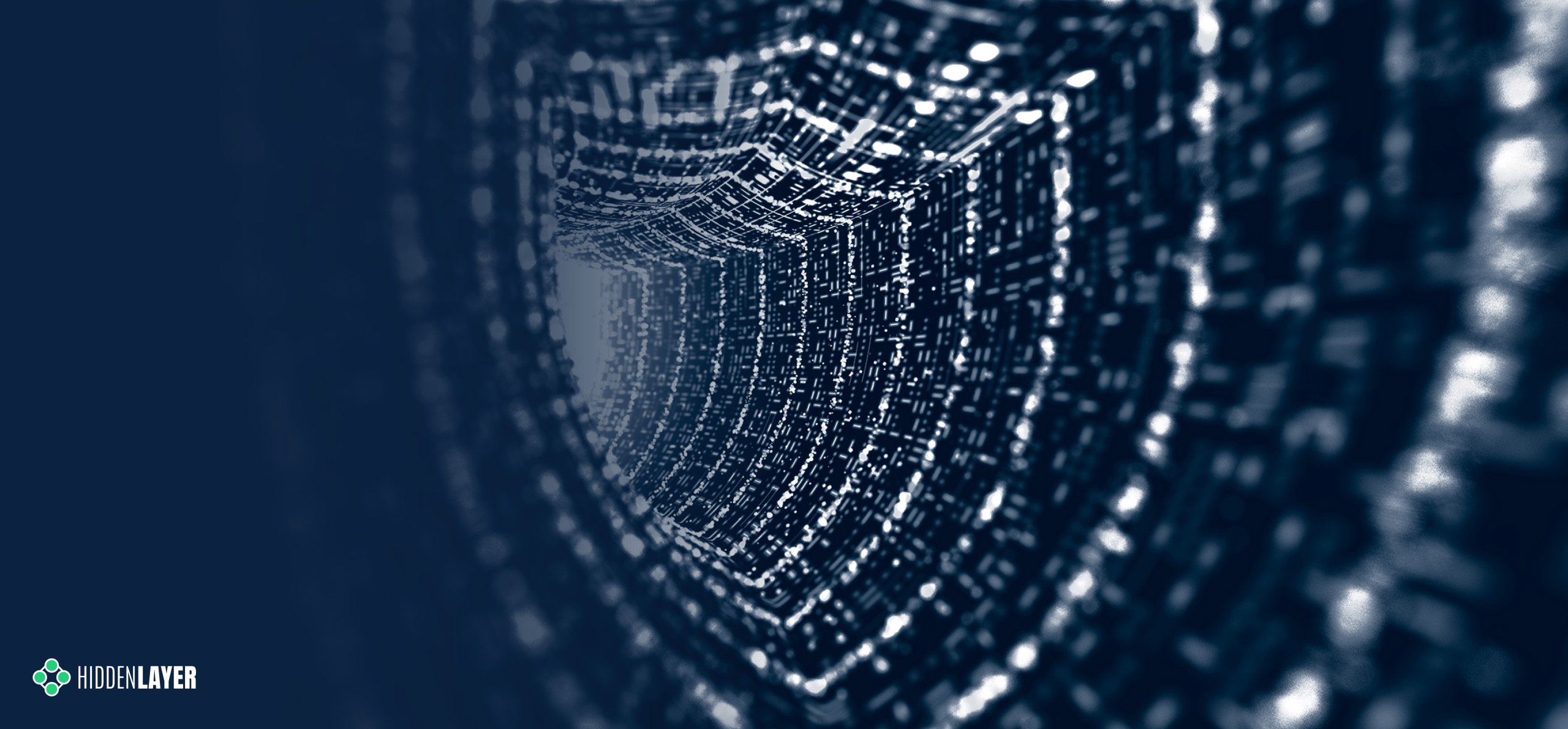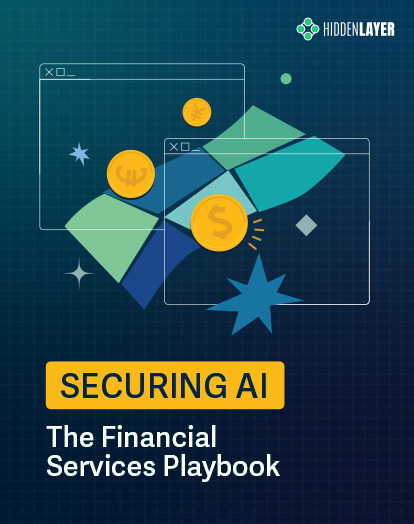Artificial intelligence (AI) is the latest, and one of the largest, advancements of technology to date. Like any other groundbreaking technology, the potential for greatness is paralleled only by the potential for risk. AI opens up pathways of unprecedented opportunity. However, the only way to bring that untapped potential to fruition is for AI to be developed, deployed, and operated securely and culpably. This is not a technology that can be implemented first and secured second. When it comes to utilizing AI, cybersecurity can no longer trail behind and play catch up. The time for adopting AI is now. The time for securing it was yesterday.
We at HiddenLayer applaud the collaboration between CISA and the Australian Signals Directorate’s Australian Cyber Security Centre (ASD’s ACSC) on Engaging with Artificial Intelligence—joint guidance, led by ACSC, on how to use AI systems securely. The guidance provides AI users with an overview of AI-related threats and steps to help them manage risks while engaging with AI systems. The guidance covers the following AI-related threats:
- Data poisoning
- Input manipulation
- Generative AI hallucinations
- Privacy and intellectual property threats
- Model stealing and training data exfiltration
- Re-identification of anonymized data
The recommended remediation of following ‘secure design’ principles seems daunting since it requires significant resources throughout a system’s life cycle, meaning developers must invest in features, mechanisms, and implementation of tools that protect customers at each layer of the system design and across all stages of the development life cycle. But what if we told you there was an easier way to implement those secure design principles than dedicating your endless resources?
Luckily for those who covet AI’s innovation while still wanting to remain secure on all fronts, HiddenLayer’s AI Security Platform plays a pivotal role in fortifying and ensuring the security of machine learning deployments. The platform comprises our Model Scanner and Machine Learning Detection and Response.
HiddenLayer Model Scanner ensures that models are free from adversarial code before entering corporate environments. The Model Scanner, backed by industry recognition, aligns with the guidance’s emphasis on scanning models securely. By scanning a broader range of ML model file types and providing flexibility in deployment, HiddenLayer Model Scanner contributes to a secure digital supply chain. Organizations benefit from enhanced security, insights into model vulnerabilities, and the confidence to download models from public repositories, accelerating innovation while maintaining a secure ML operational environment.
Once models are deployed, HiddenLayer Machine Learning Detection and Response (MLDR) defends AI models against input manipulation, infiltration attempts, and intellectual property theft. Aligning with the collaborative guidance, HiddenLayer addresses threats such as model stealing and training data exfiltration. With automated processes, MLDR provides a proactive defense mechanism, detecting and responding to AI model breach attempts. The scalability and unobtrusive nature of MLDR’s protection ensures that organizations can manage AI-related risks without disrupting their workflow, empowering security teams to identify and report various adversarial activities with Model Scanner.
Both MLDR and Model Scanner align with the collaborative guidance’s objectives, offering organizations immediate and continuous real-time protection against cyber threats, supporting innovation in AI/ML deployment, and assisting in maintaining compliance by safeguarding against potential threats outlined in 3rd party frameworks such as MITRE ATLAS.
“Last year I had the privilege to participate in a task force led by the Center for Strategic International Studies (CSIS) to explore and make recommendations for CISA’s evolving role to protect the .gov mission. CISA has done an excellent job in protecting our nation and our assets. I am excited to see once again CISA take a forward leaning position to protect AI which is quickly becoming embedded into the fabric of every application and every device. Our collective responsibility to protect our nation going forward requires all of us to make the leap to be ahead of the risks in front of us before harm occurs. To do this, we must all embrace and adopt the recommendations that CISA and the other agencies have made.” said Malcolm Harkins, Chief Security & Trust Officer at HiddenLayer.
While it is tempting to hop on the AI bandwagon as quickly as possible, it is not responsible to do so without first securing it. That is why it is imperative to safeguard your most valuable asset from development to operation, and everything in between.
For more information on the CISA guidance, click here.




